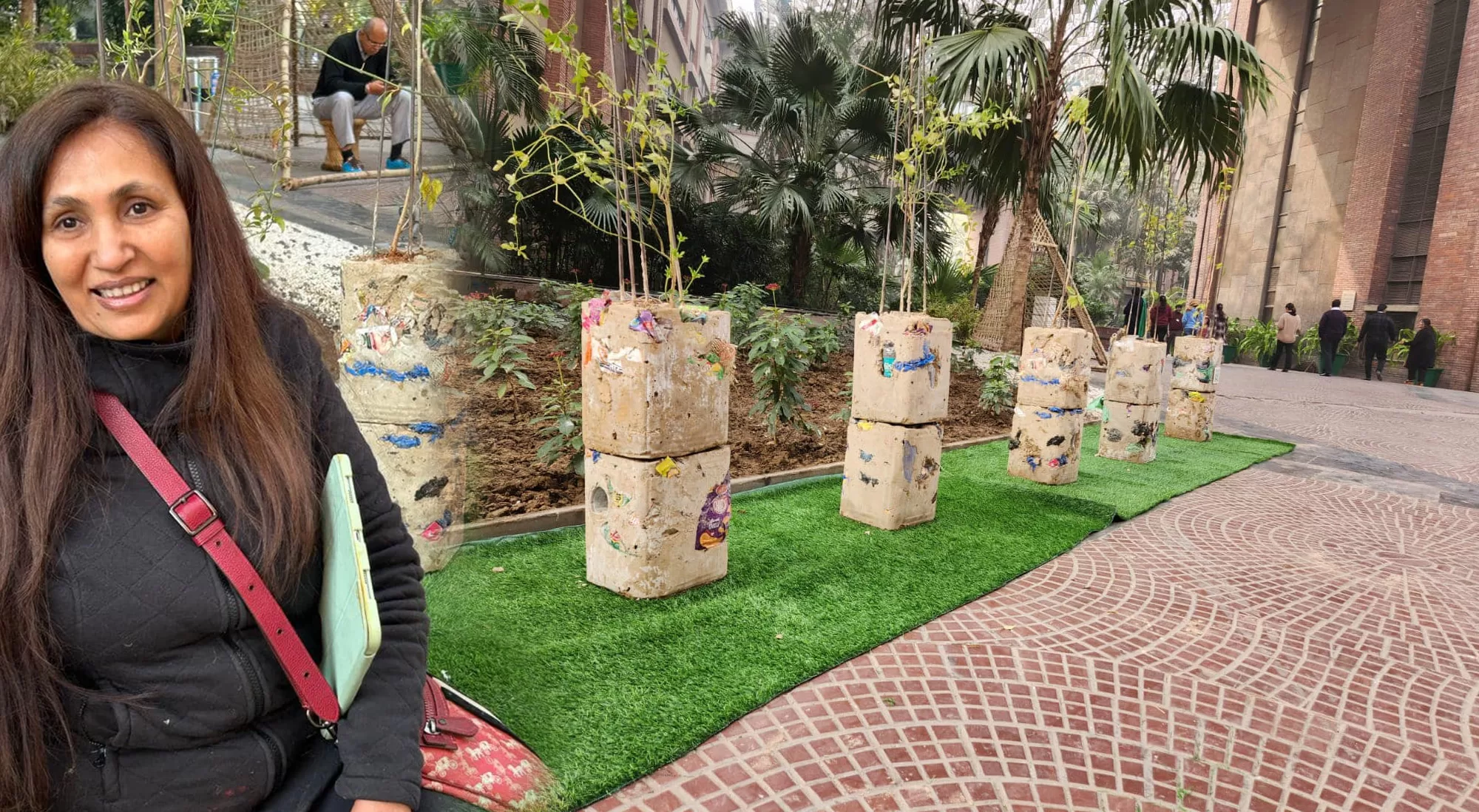Environmental art, also known as eco-art, is a form of artistic expression that focuses on the environment and addresses ecological concerns. It is an interdisciplinary field that combines art, nature, science, and activism to create works that promote environmental awareness, conservation, and sustainability.
Environmental art is created in various forms, including installations, sculptures, land art, performance art, photography, painting and multimedia works. What sets it apart from traditional art forms is its direct engagement with nature and its intention to communicate messages about the environment, human impact, and the interconnectedness of all living beings.
Artists working in the realm of environmental art often utilize natural materials found in the environment, such as plants, rocks, soil, water, or recycled materials. They may create site-specific installations that interact with the landscape, or they might produce temporary artworks that leave little to no ecological impact once removed.
That is why Aarti Zaveri, an environmental artist in Delhi, do to raise awareness about the global warming and environment degradations to masses through her informative and engaging artwork. She blends artistic creativity with environmental consciousness, environmental art transcends the boundaries of traditional aesthetics and challenges the notion of art as a detached and isolated pursuit. She embraces the concept of art as a tool for social change, utilizing its power to communicate, inspire, and advocate for a healthier, more sustainable planet.
Here are some key significance of environmental artwork in India:
1. Raising Environmental Awareness
India is home to a wide range of environmental issues, including air and water pollution, deforestation, soil degradation and loss of biodiversity. Environmental artwork serves as a powerful medium to raise awareness about these challenges, engaging the public and inspiring them to take action for conservation and sustainable practices.
2. Preserving Cultural Heritage
India has a rich cultural heritage deeply intertwined with nature. Ecological artwork often draws inspiration from traditional art forms and artistic experiences to create something special for viewers. By incorporating these elements, environmental artists not only create visually appealing works but also contribute to the preservation and celebration of India’s cultural heritage.
3. Promoting Sustainable Practices
Eco artwork serves as a catalyst for promoting sustainable practices in India. Artists often use eco-friendly materials, explore renewable energy sources and emphasize recycling techniques to protect the environment. By showcasing sustainable approaches in the art, artists inspire individuals and communities to adopt similar practices to preserve the degrading ecosystem.
4. Fostering Dialogue and Collaboration
Eco-artwork is a platform for dialogue and collaboration among artists, scientists, policymakers and local communities. It facilitates the exchange of knowledge, ideas and solutions to environmental challenges. This collaborative approach strengthens environmental initiatives and fosters a sense of collective responsibility.
5. Engaging Local Communities
The environmental artist in India often involves the active participation and engagement of local communities. Artists work closely with communities to understand their environmental concerns, traditional knowledge and sustainable practices. The artist uses these knowledge in the creation and interpretation of artwork to empower them to become stewards of their natural surroundings, fostering a sense of ownership and responsibility.
6. Inspiring Policy Changes
Environmental artwork has the potential to influence policy decisions and shape environmental regulations. Through the powerful visual narratives, artists can capture the attention of policymakers and advocate for more sustainable policies and conservation efforts. The evocative nature of art can inspire policymakers to prioritize environmental concerns and incorporate artistic perspectives into decision-making processes.
Final Thoughts
Environmental artwork plays a significant role in raising awareness and promoting sustainable approaches to preserve the ecosystem. It serves as a catalyst for environmental action, bringing together art, science, culture, and community to address India’s ecological challenges and work towards a more sustainable future.

